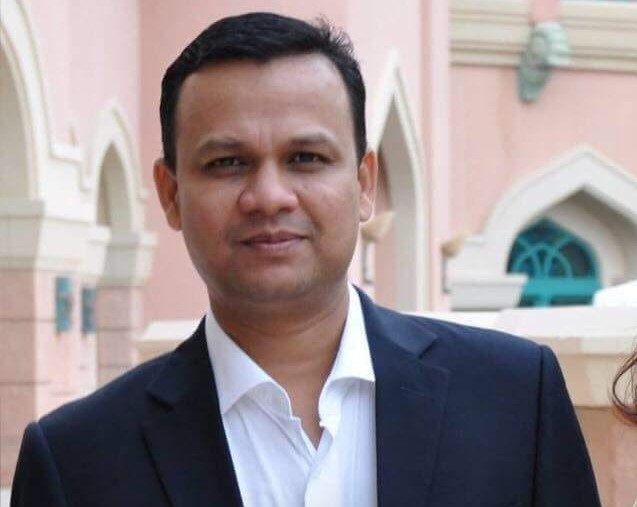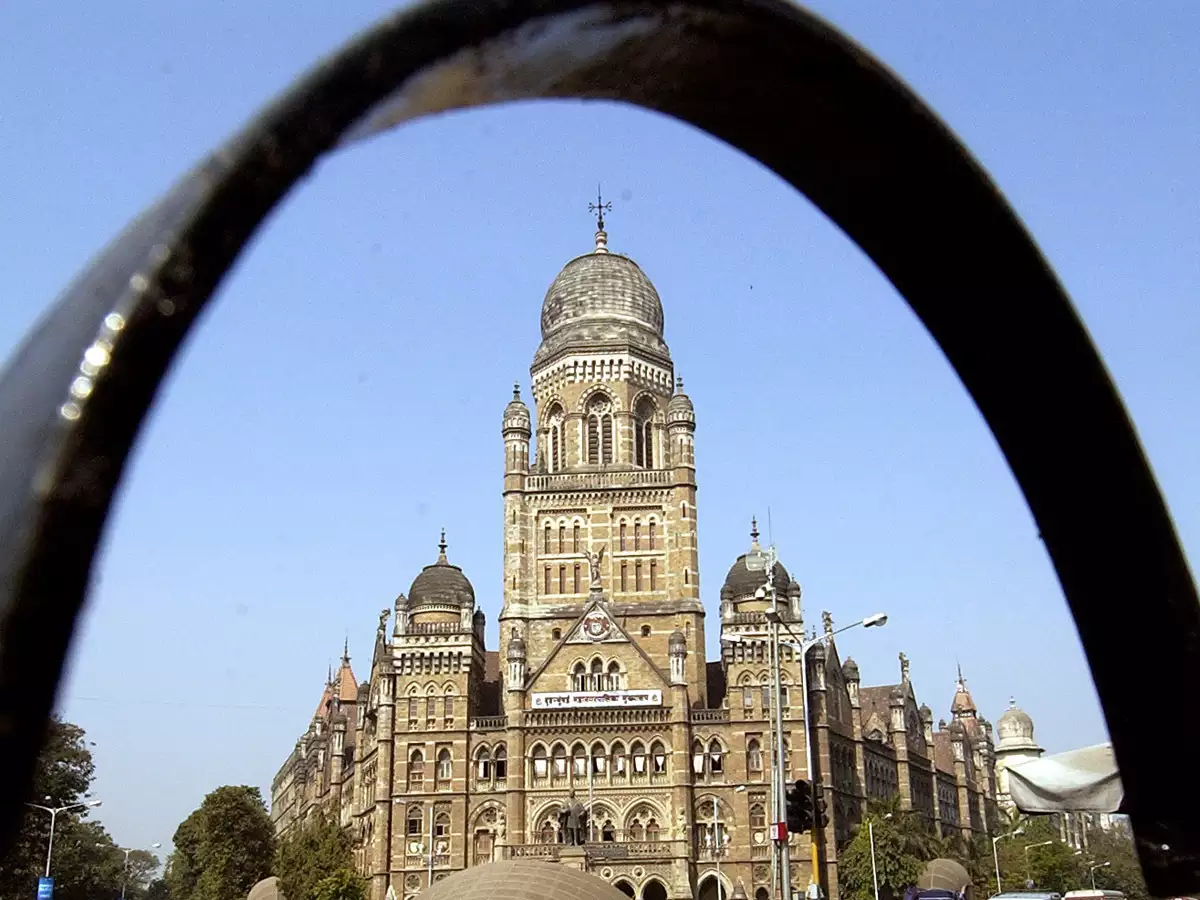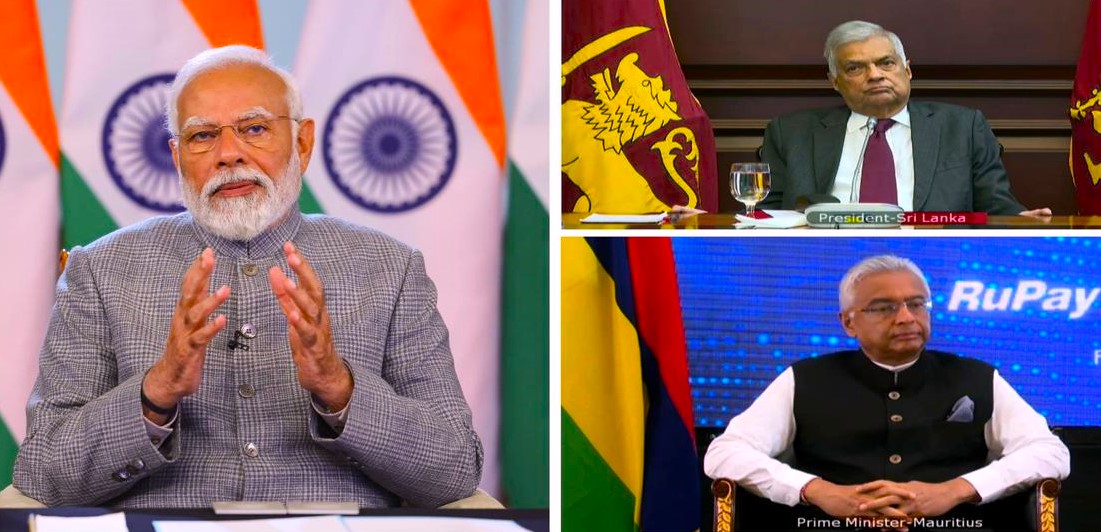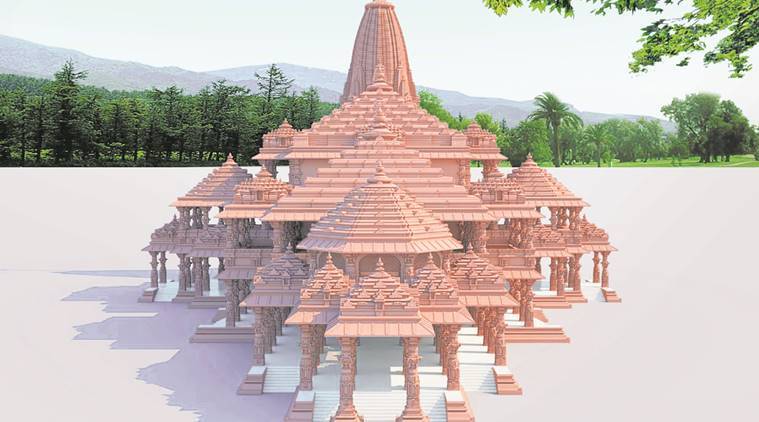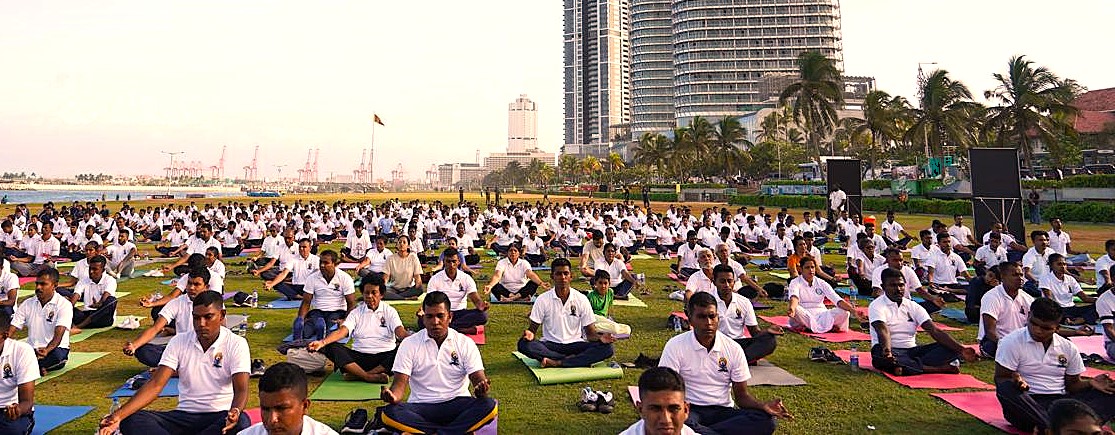It is not an ordinary sight to see the streets of Kashmir—once silenced by curfews, barricades, and fear—alive with the footsteps of its people, crying out for justice. For the first time in over three decades, Kashmir is not just mourning in silence, not just whispering its grief behind closed doors. This time, Kashmir is roaring.
The recent Pahalgam attacks have stirred something visceral, something ancient and unshakable within the hearts of the Kashmiri people. These attacks were not just another headline—they were a wound, an insult, a heartbreak etched into the very soul of the Valley. The collective pain has poured out of homes and mosques and spilled into the streets. Srinagar, Anantnag, Pulwama, Baramulla, Shopian—all are echoing with the sounds of protest, lament, and a fierce demand for answers.
THIS IS NOT ABOUT POLITICS. THIS IS ABOUT PEOPLE.
For 35 years, Kashmiris have watched as their dignity has been dragged, their lives counted in numbers, their pain politicized. For too long, they have buried their dead in silence, wiped away tears behind the shutters of shops closed in shutdowns. They’ve endured, survived, and waited. But not today. Today, the Kashmiri heart beats in unison—not as Hindu or Muslim, not as separatist or nationalist—but as human.
The Pahalgam attacks were a brutal reminder that even places soaked in beauty, nestled in snowcapped stillness, are not spared from the cruelty of violence. But what followed those attacks is something the world hasn’t seen in generations—an uprising of peace, a march of sorrow, a cry not for revenge, but for recognition.
The youth, who grew up seeing more soldiers than schoolteachers, are now holding placards instead of stones. The elders, who once asked their children to stay indoors during tensions, are themselves walking miles to stand at the front lines of peaceful protest. Women, wrapped in pherans, with tears in their eyes and rage in their throats, are chanting not hate—but hope.
“Enough,” they say. “This time, you will hear us.”
The grief is fresh, but it carries the weight of generations. Kashmiris are not protesting just the attack. They are protesting the silence that followed. The casual national gaze. The quick change of the news cycle. The selective empathy. The way their tragedy is treated as an inconvenience instead of an emergency.
This protest is not a political gimmick. It is a collective emotional revolution. It is the voice of a people who are tired of being buried in the footnotes of history. This is not separatism, this is solidarity. It is not about sides, it is about suffering.
THE STREETS OF KASHMIR HAVE BECOME A RIVER OF TEARS—AND TRUTH.
And in that river, the truth is flowing freely.
That for 35 years, Kashmiris have been watching. Waiting. Hoping someone would ask, “Are you okay?”
That for 35 years, they’ve been told to be silent, to be grateful, to move on.
That for 35 years, the world has expected them to swallow trauma like it’s tradition.
But trauma doesn’t dissolve in silence. It grows. And today, it has burst.
The Pahalgam protests are unlike anything the Valley has seen. They are being led by the unheard, the unseen, the underestimated. Children of conflict who have nothing left to lose but their fear. They have replaced it with courage. With clarity. With chants that speak of brotherhood, justice, dignity.
This isn’t about ideology anymore. This is about identity.
What does it mean to be Kashmiri today? It means to stand in the middle of the road and scream the names of the dead until someone listens. It means to carry coffins not just on shoulders, but in your soul. It means to keep marching when your knees tremble, when the world looks away.
And yet—they still march.
THIS IS HISTORY UNFOLDING. NOT IN PARLIAMENTS OR PRESS BRIEFINGS—BUT ON THE STREETS.
The cameras may not be broadcasting it live, the news anchors may not be highlighting the intensity, but in the heart of Kashmir, a movement is building. One built not with slogans of war but with whispers of peace. One that asks not for blood, but for acknowledgment.
The protests are not chaotic. They are heartbreakingly organized. Flowers laid where blood was spilled. Silence held for the lives lost. Mothers chanting prayers into microphones. Students reading poetry about peace. Artists sketching the sorrow on canvas.
This is not just a protest. It is a resurrection of Kashmiri identity.
For too long, the narrative of Kashmir has been written by everyone but Kashmiris. But today, they are picking up the pen. And it bleeds truth.
There is no agenda here. There is only anguish. There is no hatred here. Only hurt. And from that hurt, a hope is rising—a hope that perhaps this time, their pain will be seen. That this time, their lives will matter not just when they are taken, but while they are still living.
35 YEARS.
For 35 years, they buried their fury under snow and prayer. For 35 years, they were told to stay calm, to stay still, to stay silent. Today, they are walking. And their footsteps are louder than gunshots. Their voices are stronger than fear. Their presence is proof that even the most broken hearts can find the strength to rise.
#KashmirProtests #PahalgamTruth #HearKashmir #ValleySpeaks #JusticeForKashmir #UniteForPeace #KashmirOnFire #VoicesOfTheValley #StandWithKashmir
No bullets this time. Only banners. No slogans of war. Only verses of pain.
And in the silence between the chants, one can hear it clearly—
Kashmir is not sleeping anymore.
And it’s time the world woke up too.
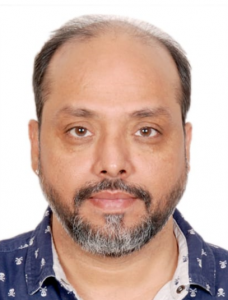
Surjitt Sahani



